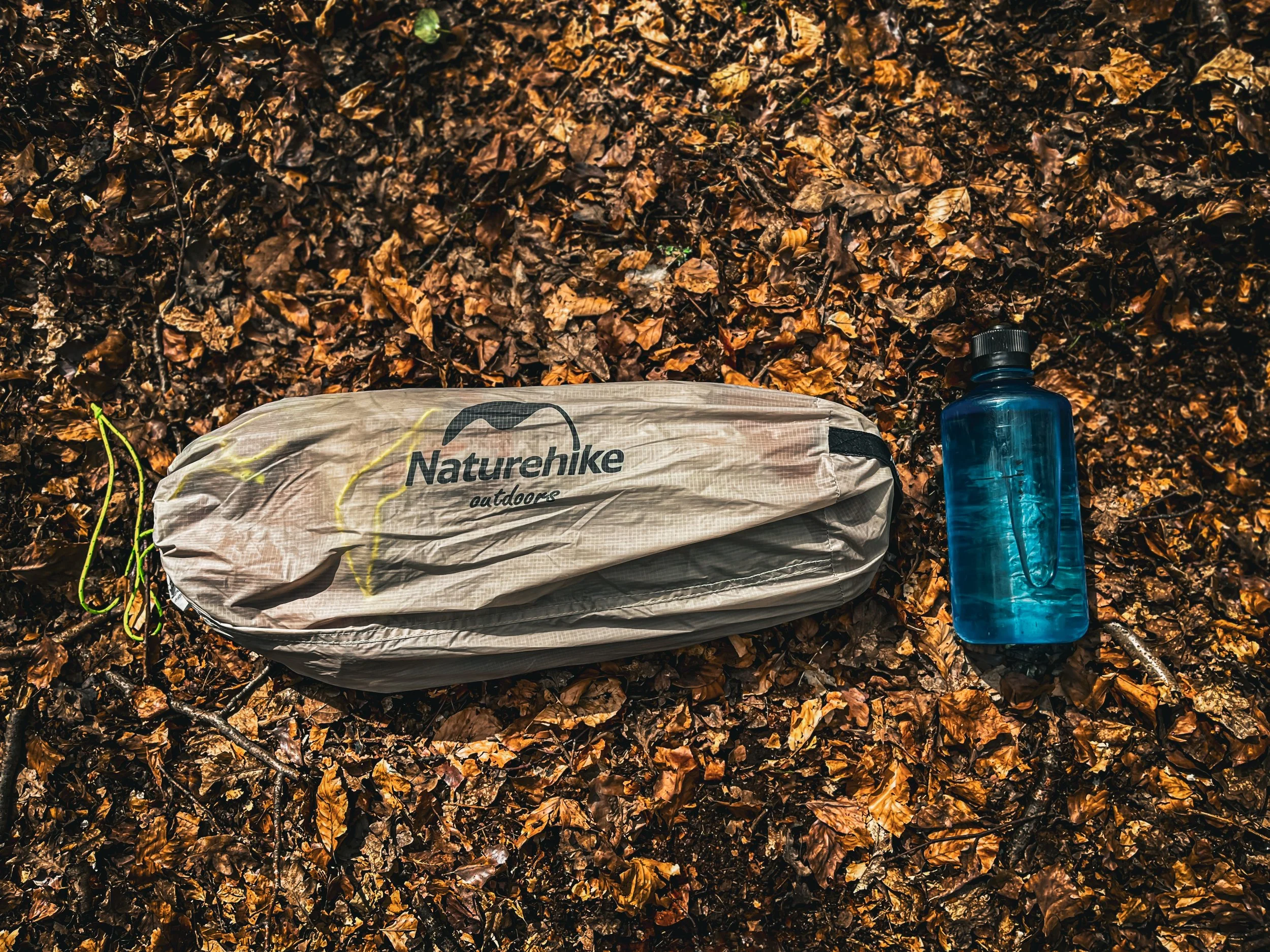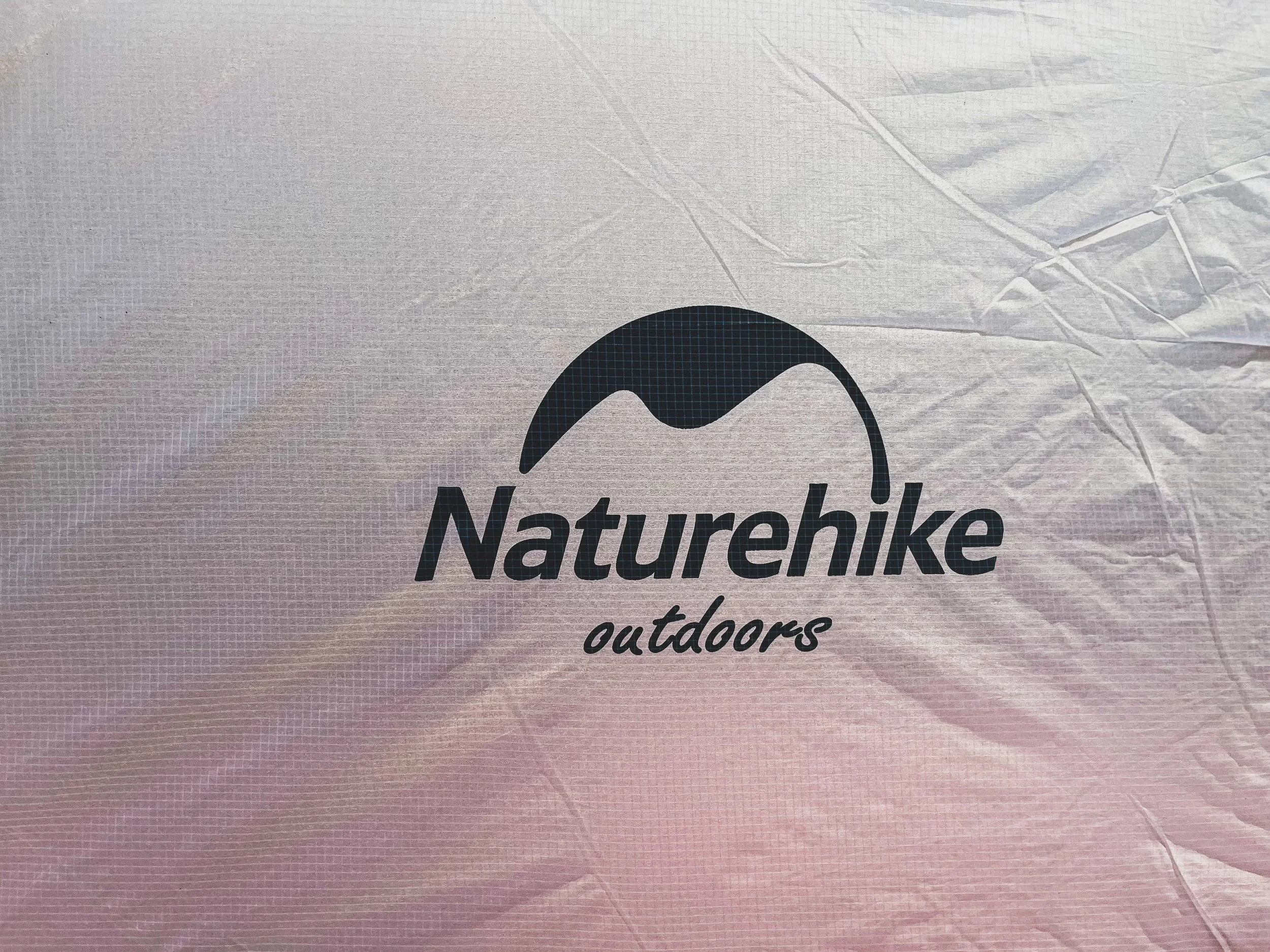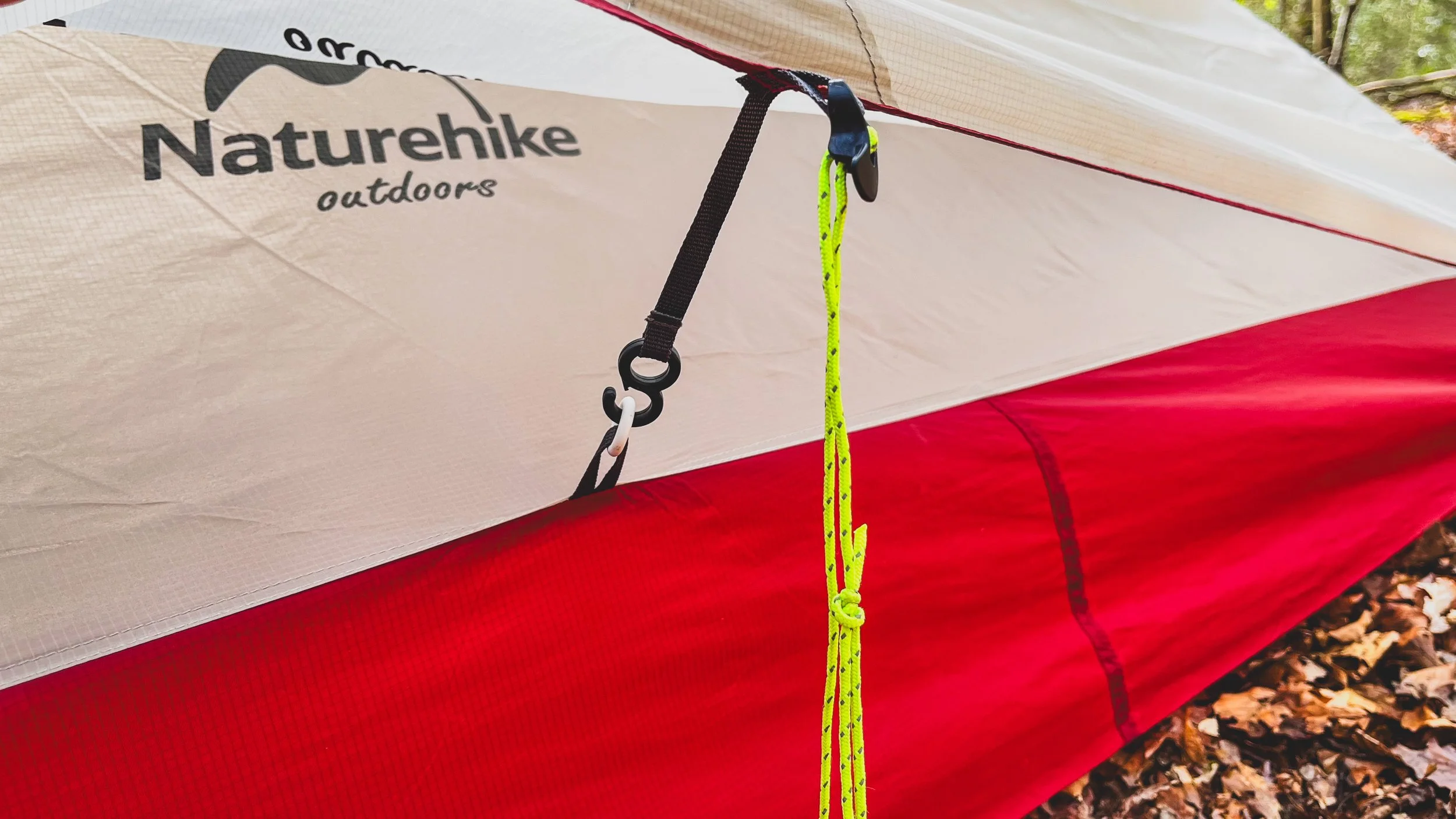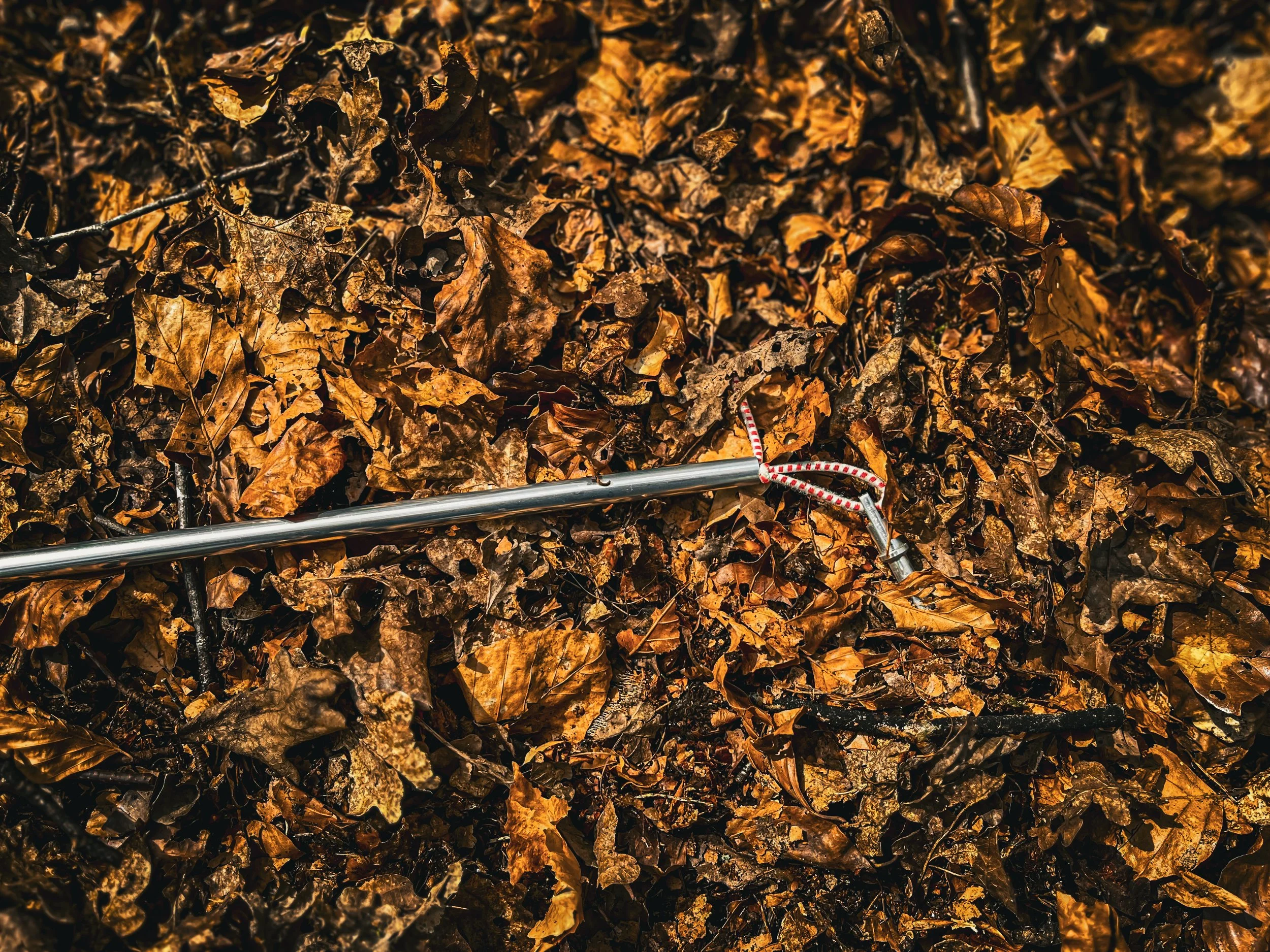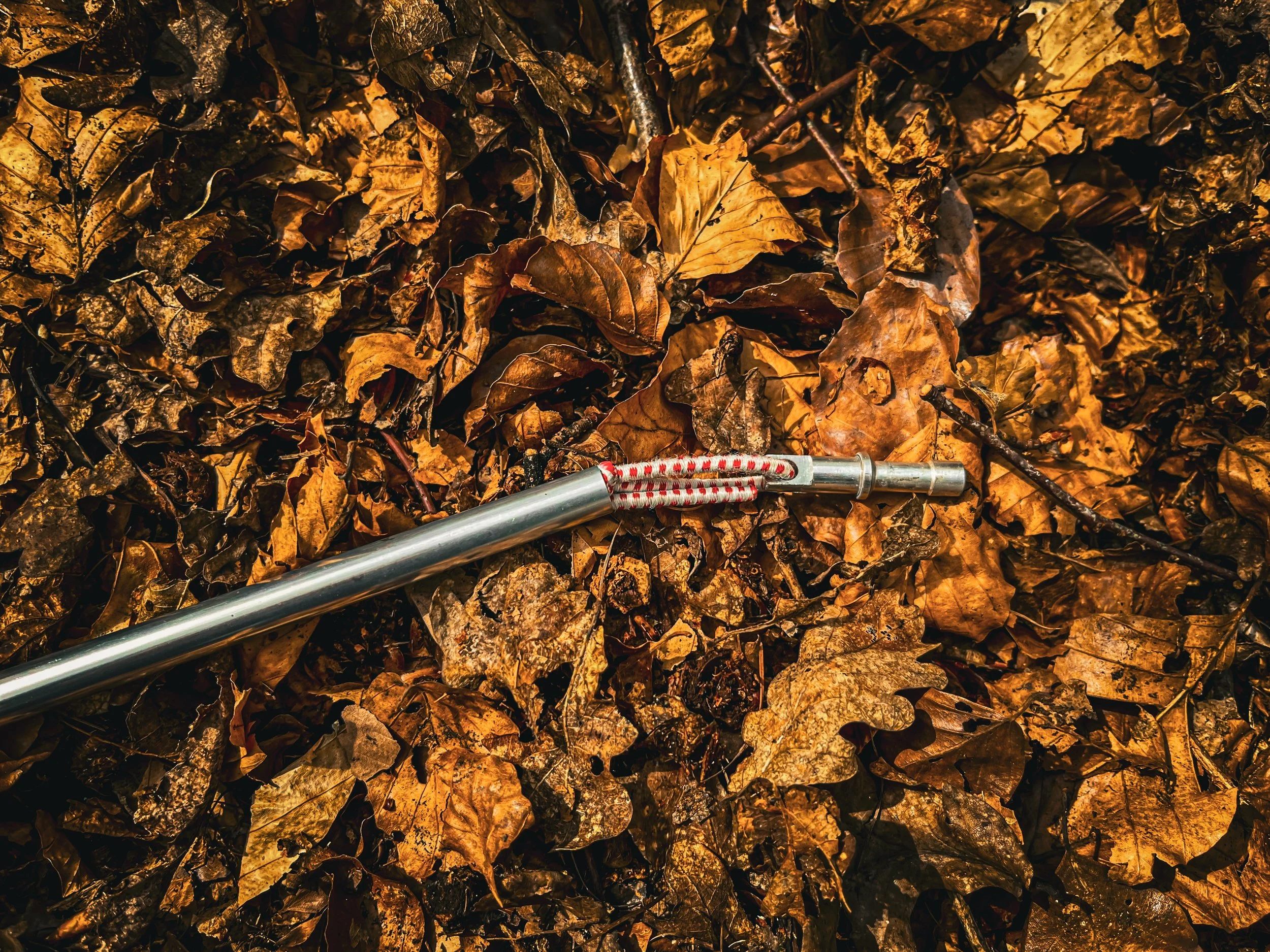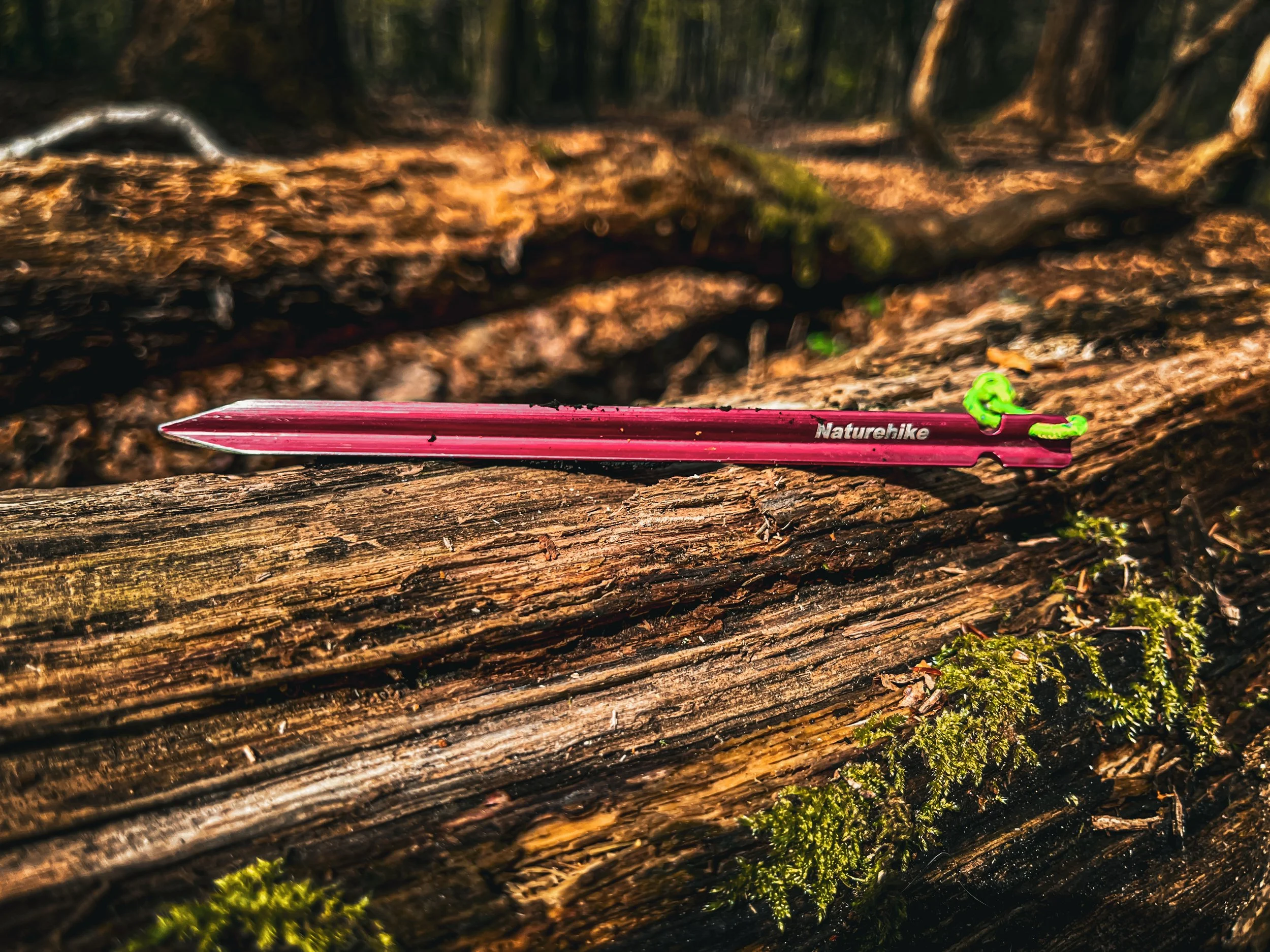Naturehike Cloud Up 3 long-term review: A beloved budget UL tent that outperforms all expectations
Super roomy, easy to pitch and surprisingly lightweight, the Naturehike Cloud Up series delivers outstanding value for money.
Naturehike Cloud Up 3
Ideal for: Lightweight backpacking, thru-hiking, bikepacking, campsite camping
Not suitable for: Deep winter wildcamps, summit camping, use in snowy conditions
The Cloud Up series from Naturehike are solid dome tents built for lightweight backpackers on a budget. Available at the likes of Amazon and AliExpress, they can be picked up for substantially less than £200 (not including import duties) and offer a level of quality that’s not noticeably different to that found in more premium lines, such as the MSR Hubba series or Big Agnes’ Fly Creek range.
The Good
Amazing value for money
Lightweight
Very easy to pitch
Excellent performance in the rain
Tons of room inside
Big vestibule for cooking and storing gear
The Bad
One entrance
Vestibule zip only goes in one direction
Naturehike Cloud Up 3
If you’ve not heard of Naturehike, we have to ask where you’ve been for the last few years. Emerging onto the scene a few short years before the pandemic, they’ve quickly become one of the biggest brands in the UK wildcamping space, with the Cloud Up series being one of their most popular and commonly-seen lines. Alongside the hardier (and 4-season) Cloud Peak series, Naturehike has taken tried and tested designs from the likes of MSR and Hilleberg and mastered the art of making these to a strict budget, with the price being almost as groundbreaking as the designs were when the premium brands first brought them to market. But how much quality do you sacrifice versus the big brands, or do Naturehike tents really offer some of the best bang for your buck on the market today?
Well, before we start, let’s get something straight: the most spectacular thing about the Naturehike Cloud Up 3 — as it is with all Naturehike lines — is undoubtedly the price. Depending on where you pick yours up, it will only set you back around £170 (not including import taxes if bought from overseas). If you compare this to the £670 Mutha Hubba NX from MSR or the £430 Fly Creek UL 3 from Big Agnes, it’s clear what the Cloud Up’s unique selling point is. That being said, however, it only takes a little digging to see that this tent represents more than just a bargain. Weighing in at 2.24 kgs, it’s reasonably lightweight and packs down to a small and manageable size, especially for a 2-person and kit-sized tent. And featuring a 20D silnylon fly, the tent is also reliably waterproof and surprisingly durable, and it’s simple to put up and pack away.
Our experience using the Naturehike Cloud Up 3
We first got our hands on a Naturehike Cloud Up 3 back in 2018, meaning by the time of writing, we’ve got almost 6 years of use out of ours. It’s joined us on trips across Dartmoor, to the Lake District, on a ton of multi-dayers across Eyri National Park and on an untold number of overnighters in the mountains of Bannau Brycheiniog. What’s more, we’ve used it fastpacking, bikepacking and in all 4 Great British seasons, as well as putting it up against wild winds on some trips to the German, Swiss and Austrian Alps. And our impressions of it so far have been nothing but positive, especially considering we only paid £120 for it all of those years ago.
Pack size and weight
The first thing that really impresses us about the Naturehike Cloud Up 3 is the tent’s pack size and weight, which is super reasonable whichever way you look at it. It weighs in just over 2 kgs (at 2.24 to be exact) and packs down to the same size as something like the Robens Starlight 1 or The North Face Trail Lite 2. This makes the tent easy to chuck in the bottom of any backpack and — if you pack the poles separately — you can even get it in the bottom pouch of a 60-litre pack alongside your sleeping bag.
Due to this, we’ve used the Cloud Up 3 a handful of times on various bikepacking trips across the UK and through the Alps. We found that the tent packs down small enough to easily stuff into a 7-litre saddle bag, and the poles were the exact same length as a standard top tube (allowing us to lash these under or over this part of the bike so they don’t distract when pedalling).
Pitching and packing away
In standard free-standing dome tent style, the Naturehike Cloud Up 3 is an inner-pitch tent. This means that you need to first peg out the inner and erect the poles before lashing the flysheet over the top of the structure. For this reason, then, the tent is best suited to 3-season weather when you know it’s probably not going to rain, as putting this tent up in a deluge will result in the inner soaking out long before you’re able to drape the waterproof flysheet overhead.
Thankfully, as is the case with the Big Agnes Fly Creek series, you can mount the poles directly over the groundsheet, however. This means you can create your dome structure without needing to put up the inner, allowing you to then mount your inner under the fly after you’ve pegged everything out. To make this possible, you will need to always use the tent with a Naturehike groundsheet which is purchased separately.
Livability
Like most 3-person tents, the Naturehike Cloud Up 3 is best suited to two people and gear. And even though at 180 cm in width, you could fit three regular-sized sleeping pads in here, you won’t have room for much else. In fact, one of our club members once used this tent with two others on a 3-day crossing of Germany’s Black Forest National Park and noted that it was an exceptionally tight squeeze, especially for the unlucky one in the middle.
For 2 people, however, the Cloud Up 3 offers plenty of room, coming with a spacious vestibule for storing boots and kit or for cooking out of the rain. The zip on the door does only go in one direction, however, which means that you’ll need to open the door fully to properly ventilate when cooking — or you run the risk of getting carbon monoxide poisoning.
Inside the Cloud Up 3, you’ve plenty of room to sit up, change clothes, or comfortably while away long nights on a campsite somewhere. Thanks to a large ventilation port at the back of the tent, condensation is also manageable, although we did note that the tent suffered from substantial build-up when 3 bodies stayed in this thing overnight. When we used it as a pair or alone, however (as we would always recommend a tent of this size be used), we felt that the condensation was more than manageable, and was on par with what we experienced on more premium lines, such as the Big Agnes Fly Creek UL 2.
Performance and build quality
As already mentioned, we’ve extensively tested this tent over the years. And you know what? In all that time, it’s never let us down. In fact, one of our club members once pitched (albeit poorly) on a blowy top in the Shropshire Hills and woke up wearing it like a blanket. The wind came in in the night and completely flattened it. And even though very little sleep was had that night, the poles never snapped or bowed, and everything popped back to life the second the wind let up. That anecdote is merely to illustrate that the Cloud Up 3 is much more durable than it has any right to be — especially when you consider the tent’s remarkably low price.
The flysheet is also made out of 20D silnylon, which is something you’d struggle to find on any other tents sub £300. This makes the tent lighter and more packable and gives the tent a very premium feel when you’re putting it up or packing it away. That being said, due to the size of the flysheet on the 3-person model, we did note that it has a tendency to aggressively sag when used in a rainstorm (as is the case with most silnylon tents of this size). Thankfully, the flysheet never sagged so much that it touched the inner, although the difference was certainly noticeable the morning after.
How does the Naturehike Cloud Up 3 compare to more premium lines?
When compared with more premium lines, then, is there really a noticeable difference in quality? Well, yes and no. If you take a close look at the stitching on the Big Agnes Fly Creek versus the Naturehike Cloud Up, for example, there’s no missing the quality difference. The more premium tent is simply better put together, cleaner and looks like it will last longer than the budget Naturehike. The same applies to the poles: When packing these back down, the tips have a tendency to pop out, which results in the ever-painful process of trying to wiggle the elastic back into the tiny hole. When you look at tents from the likes of Wild Country, MSR or Big Agnes, this never happens, which is one less thing to worry about when packing away in a deluge.
Overall, however, these are minor complaints that are more than acceptable for a sub-£200 shelter. We’d also argue that, despite being up to 3 times the price, equivalent tents from big-name brands aren’t 3 times as good. Now don’t misconstrue that as us saying the Naturehike can easily compete with branded lines: When it comes to the minor details and the feature considerations the big players focus on, there is no comparison. But for many of us, those things probably don’t matter enough to justify the substantially higher price.
That being said, Naturehike is not transparent about its manufacturing process, so there’s no knowing how environmentally-friendly (or damaging) these products are, nor is there any way to establish how ethical their production methods/processes are — which is certainly not something you need to worry about when shopping at the likes of MSR, Big Agnes or The North Face.
The Naturehike Cloud Up 3 FAQs
-
The Naturehike Cloud Up 3 performs exceptionally in the summer. Easy to pitch, well ventilated and super comfortable, it makes for a great 3-season backpacking tent.
-
The Naturehike Cloud Up 3 is a decidedly 3-season tent. The inner itself comprises nylon mesh, which doesn’t do a good job at holding in the heat. To mitigate this, Naturehike sell various add ons, such as snowskirts and panelled inners which should do a better job in cold environments. Unfortunately, however, we wouldn’t recommend this for deep winter use (even with the add ons), as the tent is designed to withstand winter winds or heavy snowfall.
-
The Naturehike Cloud Up 3 actually performs surprisingly well in the wind. The 4 corner poles rise quite aggressively on this tent due to the size of the inner itself, so we found that it would easily butt of gusts of up to 20 mph without any major incident whatsoever. Naturally, you need to be mindful when pitching a tent like this as they’re not built to be bombproof in the wind, but the Cloud Up 3 is also much stronger than you might think when first looking at it.
-
It’s very easy to pitch the Naturehike Cloud Up 3. It’s simply a matter of lying out the inner, adding the poles and then pegging everything out. The flysheet itself can then be attached overhead with a simple clip and loop system that takes seconds to set up.
-
Resoundingly, yes. The Naturehike Cloud Up 3 comes with some premium specs at a budget price point — and we think there are few models out there right now that offer lightweight backpackers better bang for your buck.
Conclusion
Overall, we really like the Naturehike Cloud Up 3. For the price, it’s an exceptional 3-season tent ideal for 2 people and gear that lends itself well to so many different types of adventures that it becomes a really versatile option at an unbeatable price. When compared side by side with more expensive lines, it’s tough to tell the difference (you have to get really close to notice the stitching quality and lack of premium details), and the fact that ours has already seen over 5 years of regular use without showing any signs of wear speaks to the quality Naturehike are able to produce on a budget.
For that reason, we are always happy to recommend the Cloud Up series to weight-conscious backpackers who are looking for a good shelter on a budget — and are looking to get many more years of use out of ours.

